By Lieutenant Colonel Dominic J. Caraccilo
Not just another historian’s reenactment of the outcome of World War II, From Normandy to the Ruhr: With the 116th Panzer Division in Word War II is at once a well-crafted and deeply researched scholarly narration and a “multi-tiered memoir”—immaculately translated (a task often overlooked and underrated)—into a definitive history of the ubiquitously employed “Greyhound Division.”
As the back cover says, “Normandy … Arnhem … Aachen … the Hürtgen Forest … the Ardennes Offensive … the Reichswald … the Ruhr Pocket … Only the men of one unit on either side fought in them all—the 116th Panzer Division!” And so it is written in Aberjona Press’s newest historical masterpiece, From Normandy to the Ruhr: With the 116th Panzer Division in World War II (by Heinz Gunther Guderian, Aberjona Press, Bedford, Pa., 2001, 608 pp., 26 maps, glossary, illustrations, appendices, photographs, notes, index, $39.95 hardcover).
With this book, the 116th’s history is descriptively chronicled and lavishly documented by a notable writer and qualified military professional: the wartime Division Chief of Staff and Operations Officer, Generalmajor Heinz Gunther Guderian. Guderian served as the first member of the 116th Panzer Division’s General Staff from the day it was organized until the end of the war. The “Division,” as it is called throughout the book, was first organized in France in March 1944, combining elements of the 16th Panzer-Grenadier Division and the 179th Reserve Panzer Division.
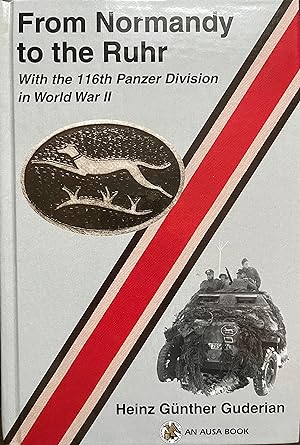 The 116th Panzer Division was one of the relatively rare German armored formations that fought exclusively on the Western Front. As a result, its opponents included some of the most formidable and famous U.S. Army units of World War II, including the 1st, 4th, 28th, 29th, and 30th Infantry Divisions, and the 2nd, 3rd, 5th, 7th, and 8th Armored Divisions. The 116th also fought the British and Canadians, bitterly contesting the areas around Arnhem and the Reichswald against outfits like the 2rd and 3rd Canadian Infantry Divisions, the 43rd (Wessex) and the 53rd (Welsh) Divisions.
The 116th Panzer Division was one of the relatively rare German armored formations that fought exclusively on the Western Front. As a result, its opponents included some of the most formidable and famous U.S. Army units of World War II, including the 1st, 4th, 28th, 29th, and 30th Infantry Divisions, and the 2nd, 3rd, 5th, 7th, and 8th Armored Divisions. The 116th also fought the British and Canadians, bitterly contesting the areas around Arnhem and the Reichswald against outfits like the 2rd and 3rd Canadian Infantry Divisions, the 43rd (Wessex) and the 53rd (Welsh) Divisions.
First published in German in 1994, this comprehensive history has been translated and reformatted in English by what is arguably the most meticulous publishing house on the market, Aberjona Press. There is no doubt that the information represented in From Normandy to the Ruhr is a welcome addition to the history of the German Army in World War II. As pointed out by the editor, Keith Bonn, Guderian “wrote the original German language text for this book in the style of the accomplished military professional he is.” He goes on to describe Guderian’s German edition as having a “magnificent utility for stirring drama, pungent disputation, engrossing narrative, and evocative poetry.” The reader is provided an opportunity to experience the military operations through the eyes of the man who planned and directed the battles at the tactical level. While his narration is engrossing, his analysis of the battles is what makes this history intriguing.
What makes this book even more impressive is the way it is organized and designed by the publisher. Aberjona Press has had an amazingly successful history with its most recent titles and From Normandy to the Ruhr is likely to be no exception. Aberjona clearly is the model publisher of military memoirs and military history because it cuts no corners in venturing into painstaking levels of product development that go beyond just good editorial work.
Every imaginable item to support the history of the 116th is included in this book. This includes 26 superbly drawn maps; tables of rank equivalences; well-captioned photographs; appendices that include organizational charts, wartime rosters, transcripts of the various orders as they were written in the 1940s, and an extensive set of notes; and a well- constructed index, all making the book a haven for scholars. Aberjona hits the mark; competitors should take heed.
Rarely does the student of WWII (or any war) have the opportunity to see military operations through the eyes of the men who planned and directed the battles at the tactical level. Thanks to General Guderian’s keen recollections and careful research, readers of From Normandy to the Ruhr can do exactly that. The combination of good authorship and great editorial work makes this work one of the best World War II histories on the market.
Recent and Recommended
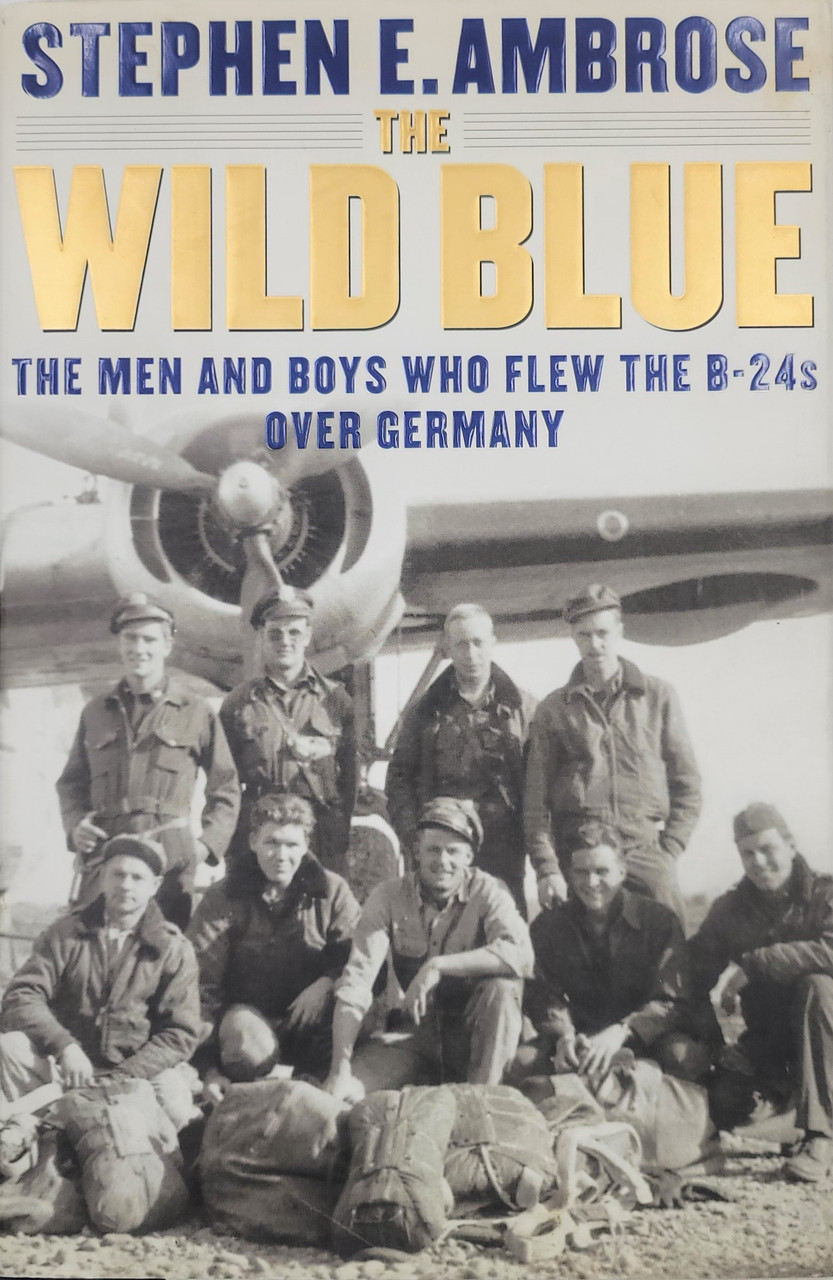 Wild Blue: The Men and Boys Who Flew the B-24s Over Germany by Stephen E. Ambrose, Simon & Schuster, New York, 2001, 299 pp., photographs, notes, index, $26.00 hardcover.
Wild Blue: The Men and Boys Who Flew the B-24s Over Germany by Stephen E. Ambrose, Simon & Schuster, New York, 2001, 299 pp., photographs, notes, index, $26.00 hardcover.
Most Americans don’t realize that former presidential candidate Senator George McGovern was a World War II bomber pilot of over 35 combat missions over Germany.
Best-selling historian Stephen E. Ambrose displays his admiration for McGovern and his fellow B-24 pilots in the newest of his “band of brothers” accounts. Wild Blue: The Men and Boys Who Flew the B-24s Over Germany brings to life one of America’s forgotten workhorse weapons of World War II, the B-24 bomber. Carrying a heavier payload than the glamorous B-17 Flying Fortress, the B-24, nicknamed “the Liberator,” filled the skies over Germany, bombing Axis troops, oil refineries, factories, and other strategic and operational targets in America’s quest to defeat the Wehrmacht.
Ambrose, possibly one of the best-known nonfiction history writers of our time, focuses his latest work on the South Dakota-born McGovern and his companion B-24 pilots. McGovern became a B-24 pilot in the 741st Bomb Squadron based in Cerignola, Italy when he was 22 years old. He is credited for numerous heroic aerial acts in Europe, earning himself two Distinguished Flying Crosses.
Manufactured by a consortium of companies that included Ford Motor and Douglas Aircraft, the B-24 bomber was designed to drop high explosives on enemy positions well behind the front lines—and especially on the German capital, Berlin. Unheated, drafty, and only lightly armored, the planes were dangerous places to be, and indeed, only 50 percent of their crews survived to the war’s end. Dangerous or not, they did their job, delivering thousand-pound bombs to targets deep within Germany and Austria.
The pilots and crews of the B-24s were citizen soldiers from every state in the union. In keeping with his tribute to the fighting soldier of that era, Ambrose’s Wild Blue is a lasting tribute to a fast-diminishing band of American heroes.
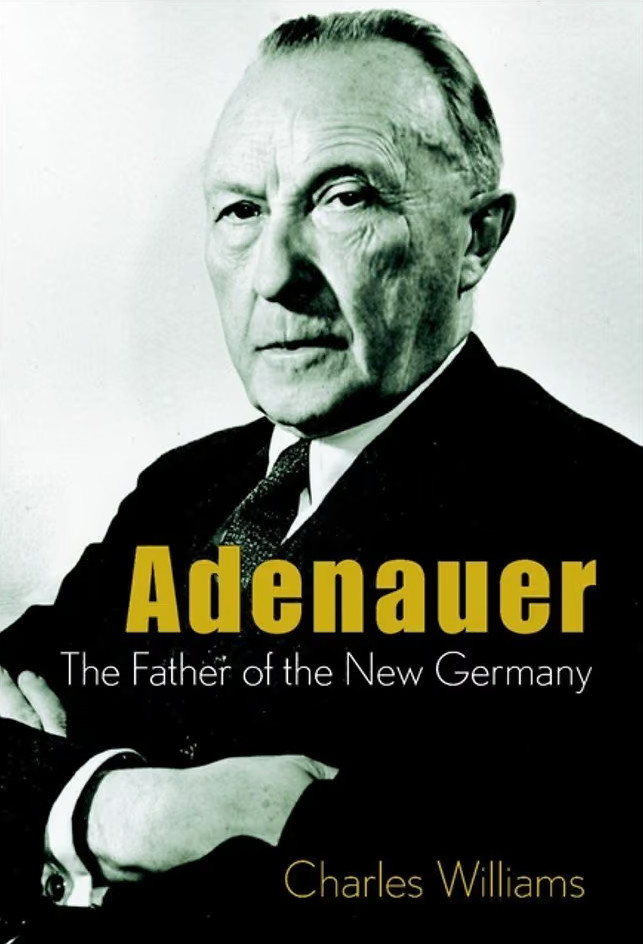 Adenauer: The Father of the New Germany by Charles Williams, John Wiley & Sons, Inc., New York, 2000, 584 pp., photographs, illustrations, notes, bibliography, index, $35.00 hardcover.
Adenauer: The Father of the New Germany by Charles Williams, John Wiley & Sons, Inc., New York, 2000, 584 pp., photographs, illustrations, notes, bibliography, index, $35.00 hardcover.
Konrad Hermann Joseph Adenauer had an astounding political career that spanned six decades, including 14 years as chancellor of West Germany. He is widely credited with founding what is deemed the New Germany —lifting Germany out of the ruins of WWII to a become a land of prosperity and acceptance on the world scene.
British politician and esteemed biographer Charles Williams, Lord Williams of Elvel, provides a monumental biography in Adenauer. It is a fascinating appraisal of this influential statesman. It explores Adenauer’s Catholic upbringing during the KaiserReich and his early political career first as a deputy mayor and as Oberburgermeister of Cologne. Williams’ book shows Adenauer’s rise to national prominence in the Weimar Republic of the 1920s and his subsequent reversals: financially in the Wall Street Crash and politically by the growth of Nazism.
Acclaimed for his remarkable portrait of Charles de Gaulle, Charles Williams draws on formerly untapped resources for this biography. Adenauer is, as the author admits, as much a book about the making of modern Germany as it is about one of the 20th century’s foremost statesmen.
When the Texans Came: Missing Records from the Civil War in the Southwest, 1861-1862 by John P. Wilson, University of New Mexico Press, Albuquerque, NM, 2001, photographs, 364 pp., illustrations, photographs, notes, bibliography, notes, $39.95 hardcover.
Author John P. Wilson, a contract historian-archaeologist by trade, provides a pandect of reports and letters offering new perspectives on the Civil War in the West.
Wilson documents the activities of Kit Carson, William Brady, and other well-known figures whose roles in the Civil War have been incompletely understood until now. He highlights for the first time the dedicated service of native New Mexican officers and identifies in an intriguing manner how the drama of the War Between the States played out against the backdrop of ongoing Indian Wars with the Apache, the Navajo, and the Kiowa.
The 282 letters, song lyrics, casualty lists, intelligence dispatches, transcripts of witness testimony, newspaper accounts, and official reports of battle are more than a “grab-bag” of sorts. Wilson has smartly organized this book into what some scholars believe “may well change previous opinions and conclusions about [the] conflict.”
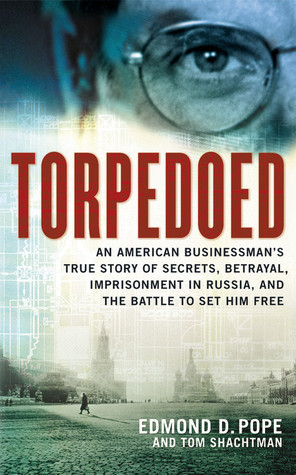 Torpedoed: An American Businessman’s True Story of Secrets, Betrayal, Imprisonment in Russia, and the Battle to Set Him Free by Edmond D. Pope and Tom Shachtman, Little, Brown, Boston, Mass., 2001, 263 pp., photographs, index, $25.95 hardcover.
Torpedoed: An American Businessman’s True Story of Secrets, Betrayal, Imprisonment in Russia, and the Battle to Set Him Free by Edmond D. Pope and Tom Shachtman, Little, Brown, Boston, Mass., 2001, 263 pp., photographs, index, $25.95 hardcover.
This is a story of an innocent man charged with spying and of the wrath of the New Russia. In April 2000, U.S. businessman Edmond D. Pope, former Naval Intelligence officer, was in Russia looking to commercialize several technologies originally developed for military use. At the end of his three-week trip he was suddenly arrested for questioning by the KGB’s successor for spying, the FSB.
In Torpedoed, Pope and co-author Tom Shachtman tell the story of what happened when the plot to steal a top-secret new submarine torpedo led to a showdown with new Russian president and former head of the KGB, Vladimir Putin.
Pope was the first American since Gary Powers to be convicted of espionage by Russia. Combining a gripping account of his arrest, trial, and 253-day imprisonment, Pope’s harrowing story reads like a Robert Ludlum novel. Like many businessmen who went prospecting for opportunities in the wilds of post-Communist Russia, Pope was pursuing a wide variety of semipromising technologies while steering clear of still-classified projects. But it was hardly surprising when the FSB detained Pope for interrogation about his interest in the propulsion system of the Shkval torpedo.
Written with Shachtman, the author or co-author of 25 books including The FBI-KGB War, I Have Lived in the Monster, and most recently Absolute Zero and the Conquest of Cold, Torpedoed is an unsettling narrative of “business as usual” gone awry, and a timely warning for post-Cold War optimists.
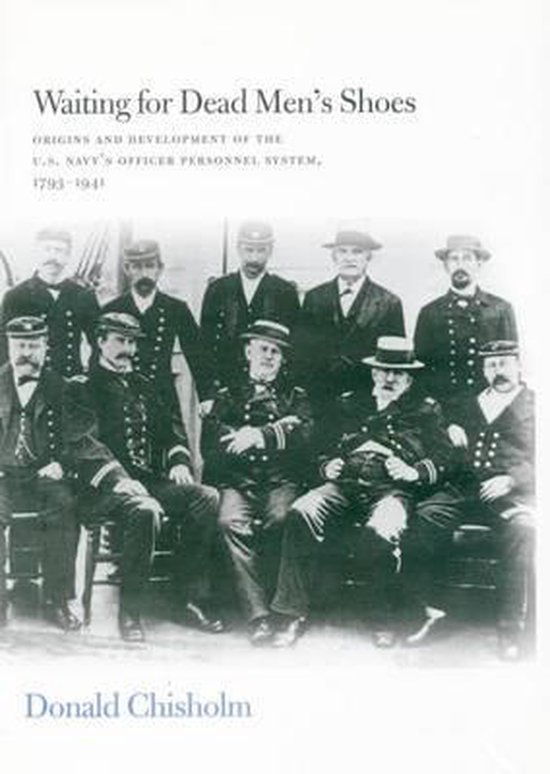 Waiting for Dead Men’s Shoes: Origins and Development of the U.S. Navy’s Officer Personnel System, 1793-1941 by Donald Chisholm, Stanford University Press, Stanford, Calif., 2001, photographs, tables, illustrations, appendices, notes, bibliography, index, $125.00 hardcover.
Waiting for Dead Men’s Shoes: Origins and Development of the U.S. Navy’s Officer Personnel System, 1793-1941 by Donald Chisholm, Stanford University Press, Stanford, Calif., 2001, photographs, tables, illustrations, appendices, notes, bibliography, index, $125.00 hardcover.
Naval War College Professor Donald Chisholm provides an innovative and powerful study offering of the development of the U.S. Navy’s officer personnel system. Based on a detailed examination of that system from its beginnings to 1941, this book is informed by developments in cognitive psychology, cognitive science, operations research, and management science. In short, it is the story of the U.S. Navy and how it constructed itself beginning in the republic’s infancy and concluding on the eve of WWII.
Considering the Navy’s personnel system as an institution, Chisholm shows that changes resulted from a long-term process of institutional design in which formal rules and procedures were established and elaborated.
This book is clearly more than a historical account. The author combines engineering design with a historical framework when defining the development of an institution such as the management of personnel within the Navy. He identifies some intriguing discoveries in his analysis, such as the fact that decision makers are unlikely to generate many alternatives because searching for existing solutions elsewhere or inventing new ones is an expensive, difficult enterprise. In its definitive treatment of a critical but essentially unresearched dimension of the administration of the U.S. Navy, this book provides full details on the elaboration of officer grades and titles, creation of promotion by selection, sea duty requirements, graded retirement, staff-line conflicts, the establishment of the Reserve, and such unusual subjects as “tombstone promotions.”
In the process, Chisholm’s book offers a broad picture of the Navy’s history over the first century and a half of its development. While somewhat pricey, reference libraries will want Waiting for Dead Men’s Shoes on their shelves.
 In Brief
In Brief
Abandoned: The Story of the Greely Expedition 1881-1884 by Alden Todd, University of Alaska Press, Fairbanks, AK, 2001, 323 pp., illustrations, photographs, selected readings, index, $22.95 softcover.
As stated in the Foreword, “Like the 1986 explosion of the space shuttle Challenger, the tragedy and suffering of the Greely Expedition of 1881-1884 shocked the world.” In Abandoned, author Alden Todd tells the complete story of America’s venture to the North Pole.
The expedition was launched as part of the United States’ participation in the first International Polar Year. Commanded by the now infamous Adolphus W. Greely, the expedition consisted of 25 volunteers who traveled to what is now Ellesmere Island in the Canadian Arctic. The men were left to endure short rations and unbroken isolation at their icy base when the first resupply ship in 1882 was forced to turn back. The second relief ship, in 1883, was crushed in the ice. In 1884, six survivors of the original 25-man crew were finally rescued and brought home.
The national excitement of their return was scandalized at rumors—later supported—of cannibalism. Abandoned is a gripping, true-life account of men battling for their lives as they are pitted against the elements and each other.
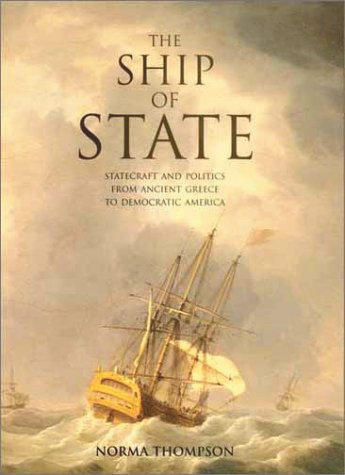 Ship of State: Statecraft and Politics from Ancient Greece to Democratic America by Norman Thompson, Yale University Press, New Haven, Conn., 2001 243 pp., notes, bibliography, index, $35.00 hardcover.
Ship of State: Statecraft and Politics from Ancient Greece to Democratic America by Norman Thompson, Yale University Press, New Haven, Conn., 2001 243 pp., notes, bibliography, index, $35.00 hardcover.
This provocative and illuminating book provides a new perspective on the development of political thought from Homer to Machiavelli, Tocqueville, and the little-known but well-versed Gertrude Stein. Author Norman Thompson, an associate professor of political science at Yale University, admits that the stimulus for this comes from Tocqueville’s study of America. Providing readings of key texts by Tocqueville and other thinkers, Thompson locates a powereful theme: that the political health of organized political communities—from the ancient polis to the modern state to contemporary democracy—requires a balance between masculine and feminine qualities.
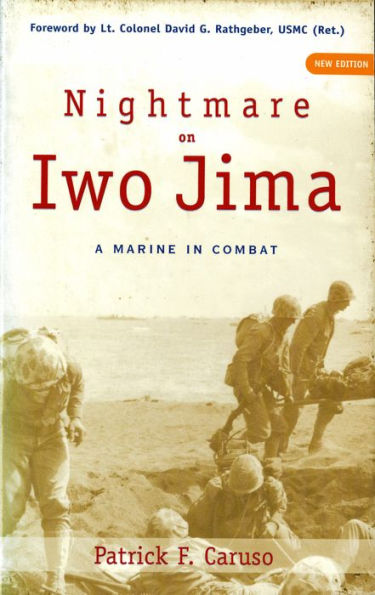 Nightmare on Iwo by Patrick F. Caruso, Naval Institute Press, Annapolis, Md., 2001, 164 pp., photographs, $23.95 hardcover
Nightmare on Iwo by Patrick F. Caruso, Naval Institute Press, Annapolis, Md., 2001, 164 pp., photographs, $23.95 hardcover
Made famous by the Joe Rosenthal flag-raising photograph on Mount Suribachi, the battle for Iwo Jima is synonymous with heroism in American minds. When Pat Caruso landed on Iwo Jima in February 1945 as a Marine second lieutenant, he was sixth in K Company’s chain of command. Within an hour of the initial assault, with his senior officers and one-third of his company’s 230 men dead or wounded, he took command. Fourteen days later, he was wounded and evacuated, one of only a dozen or so in the company to survive the campaign.
Until then, Caruso had never known the full meaning of the word “grateful” and he felt compelled to keep alive what he had observed. From a hospital bed in Guam he began writing down his thoughts on discarded hospital reports, paper bags, and anything else he could get his hands on. What emerged is one of the great memoirs of that epochal battle of the Pacific War. It was a battle during which the U.S. Marine Corps suffered more casualties than it inflicted—an event occurring only one other time—and in the end emerging victorious.
Caruso’s prose is concise and vivid, placing the reader on the beach beside him and his comrades. Enduring lonely, terrifying nights when the dawn seemed never to come, inhaling the stench of death while listening to the agonized cries of wounded comrades, sharing moments of introspection, he always thought his next step toward the enemy might be his last.
With many books available on Iwo Jima, there is a temptation to wonder what else could possibly be said about this battle. But Caruso’s haunting account is laced with the brooding horror of the nightmare all the while bearing witness to the glory growing out of acts of heroism that soon became commonplace.
 Saipan: Oral Histories of the Pacific War by Bruce M. Petty, McFarland & Company, Jefferson, NC, 2001, 204 pp., photographs, maps, index, $55.00 hardcover.
Saipan: Oral Histories of the Pacific War by Bruce M. Petty, McFarland & Company, Jefferson, NC, 2001, 204 pp., photographs, maps, index, $55.00 hardcover.
The battle for Saipan is remembered as one of the bloodiest fought in the Pacific during World War II, and was the turning point on the road to the defeat of Japan. The island was a blaze of fire and steel for over three weeks in the summer of 1944. Visible reminders of the devastation still exist—skeletons still litter the jungle floor and caves of the island.
In this work, the survivors of Saipan—including Pacific Islanders on whose land the Americans and Japanese fought—have the opportunity to tell their stories in their own words. Author Bruce M. Petty introduces the volume with a history of Saipan and arranges the oral histories by location: Saipan, Yap and Tinian, Rota, Palau Islands, and Guam.
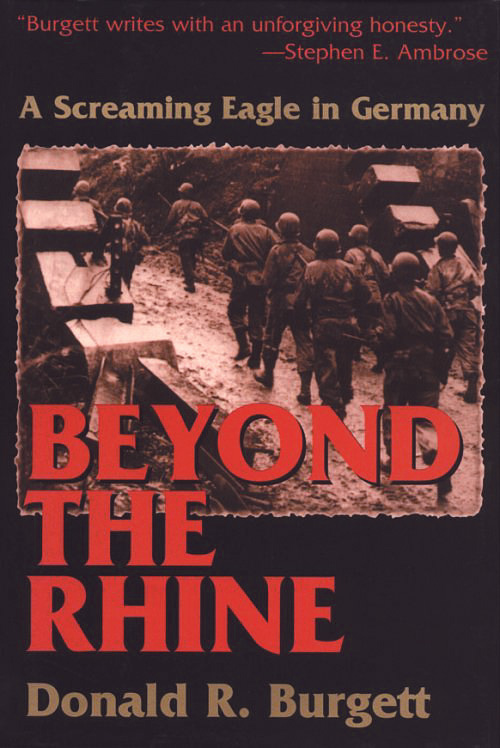 Beyond the Rhine: A Screaming Eagle in Germany by Donald R. Burgett, Presidio Press, Novato, Calif., 2001, 208 pp., photographs and maps, $24.95 hardcover.
Beyond the Rhine: A Screaming Eagle in Germany by Donald R. Burgett, Presidio Press, Novato, Calif., 2001, 208 pp., photographs and maps, $24.95 hardcover.
In what may become his final book, Donald Burgett closes his account of A Company, 506th Airborne of the vaunted 101st Airborne Division with the long walk from Bastogne to war’s end. Watchers of the Band of Brothers series on HBO will embrace this work as a great complement to that already highly successful drama series. Bastogne, Remagen, the Rhine, Normandy, and the likes of Market Garden habitually fill the pages of Burgett’s work. Beyond the Rhine is a great addition to the growing sentiment the nation is feeling toward the airborne paratroopers of World War II.
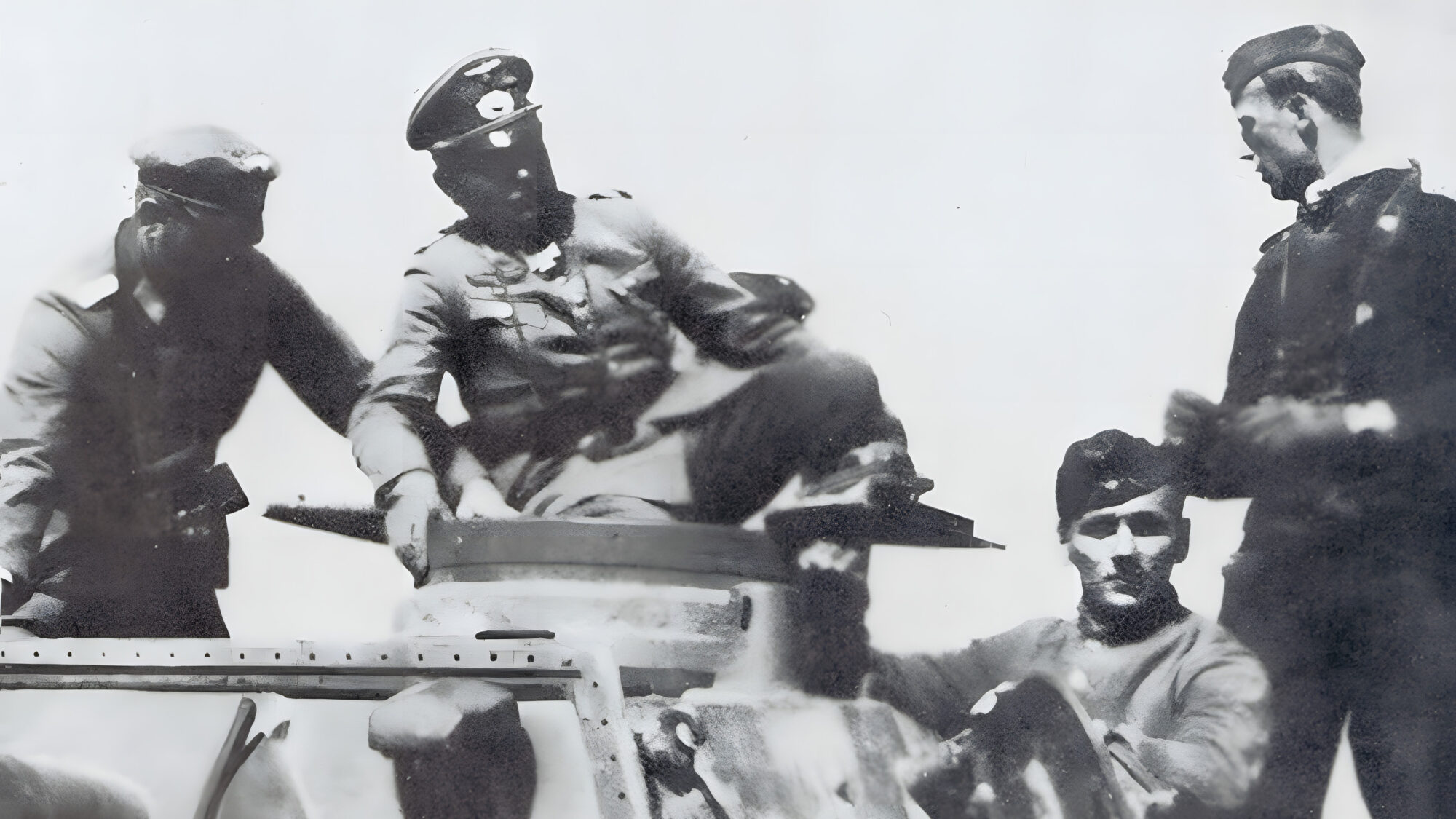
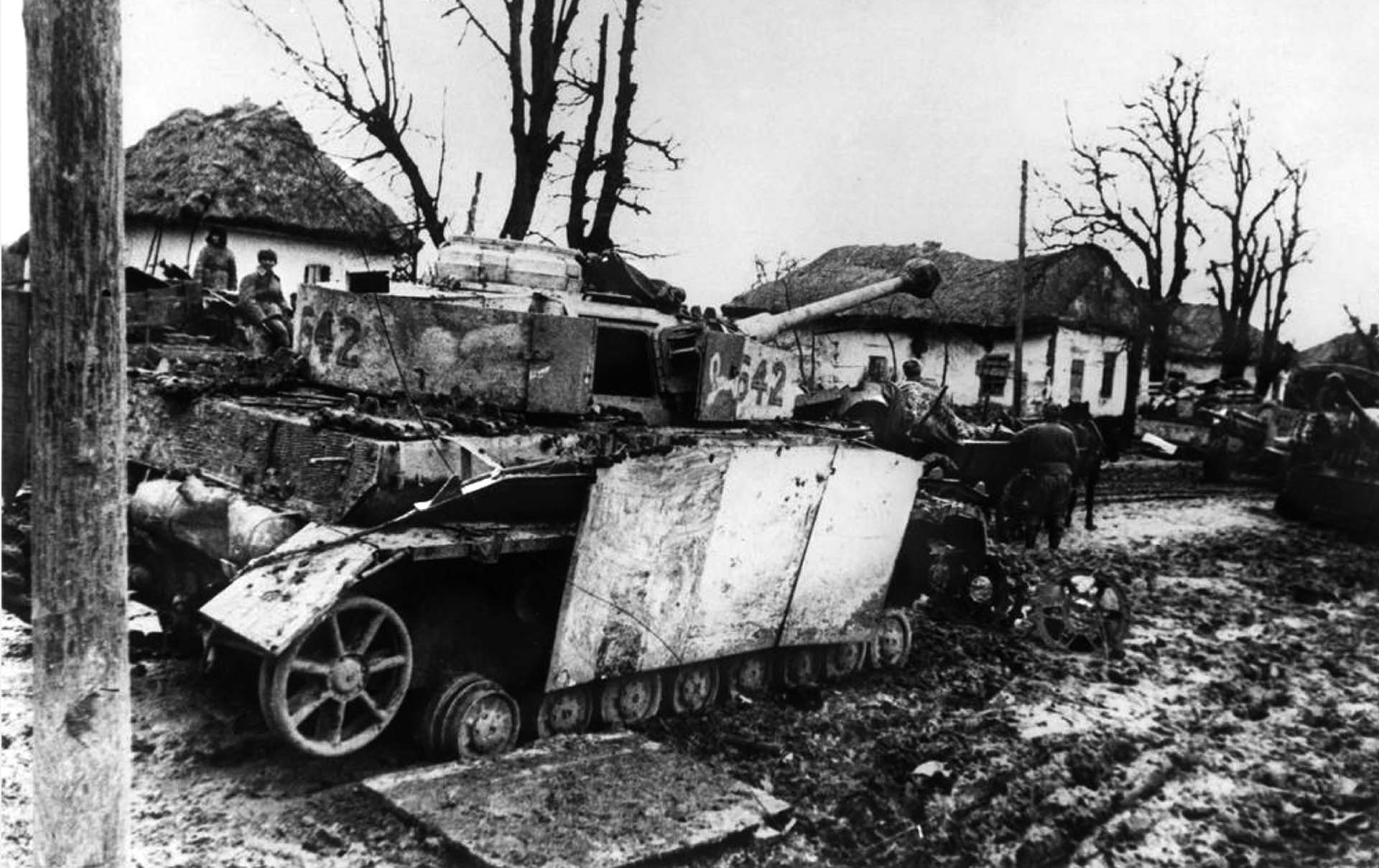
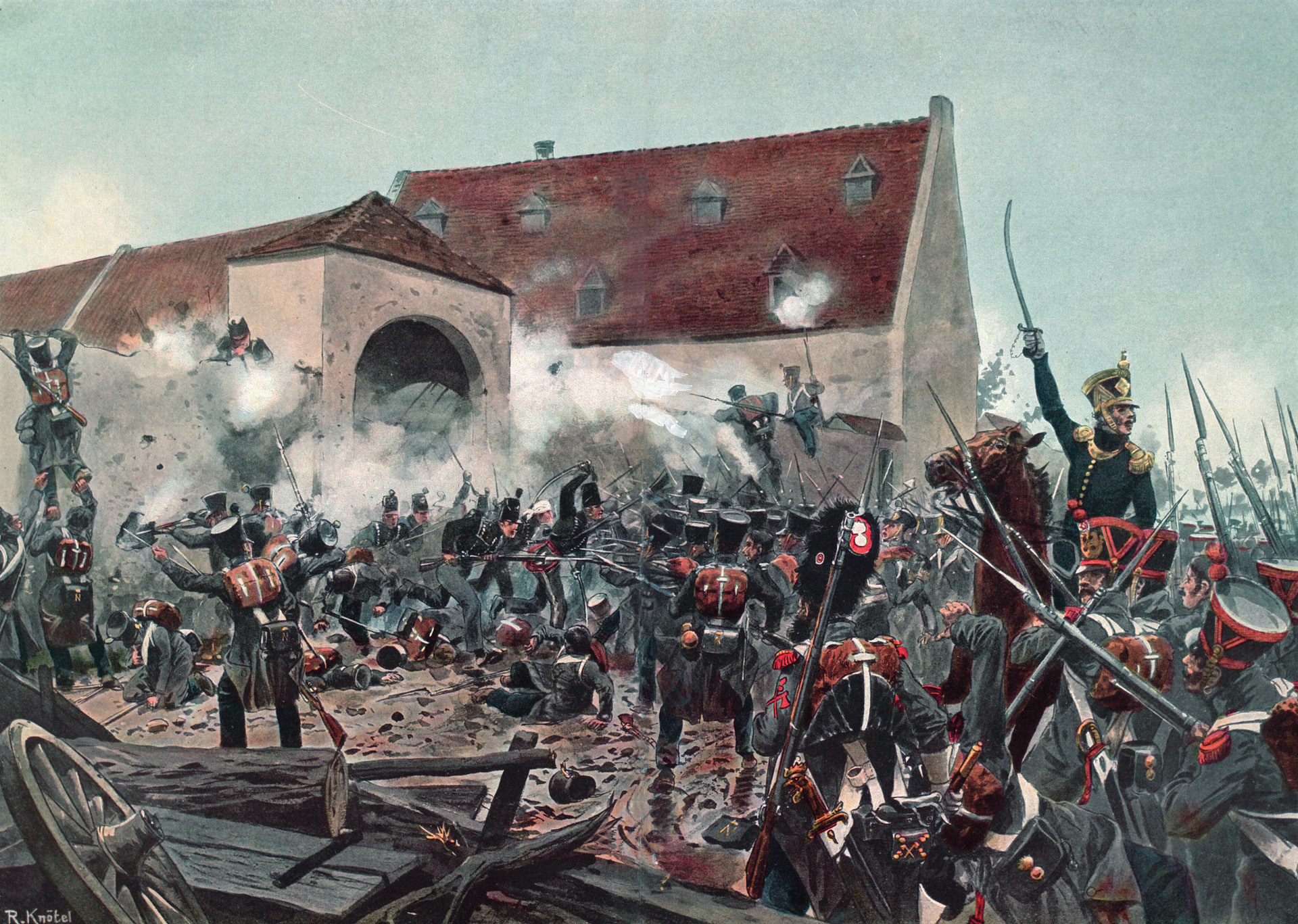
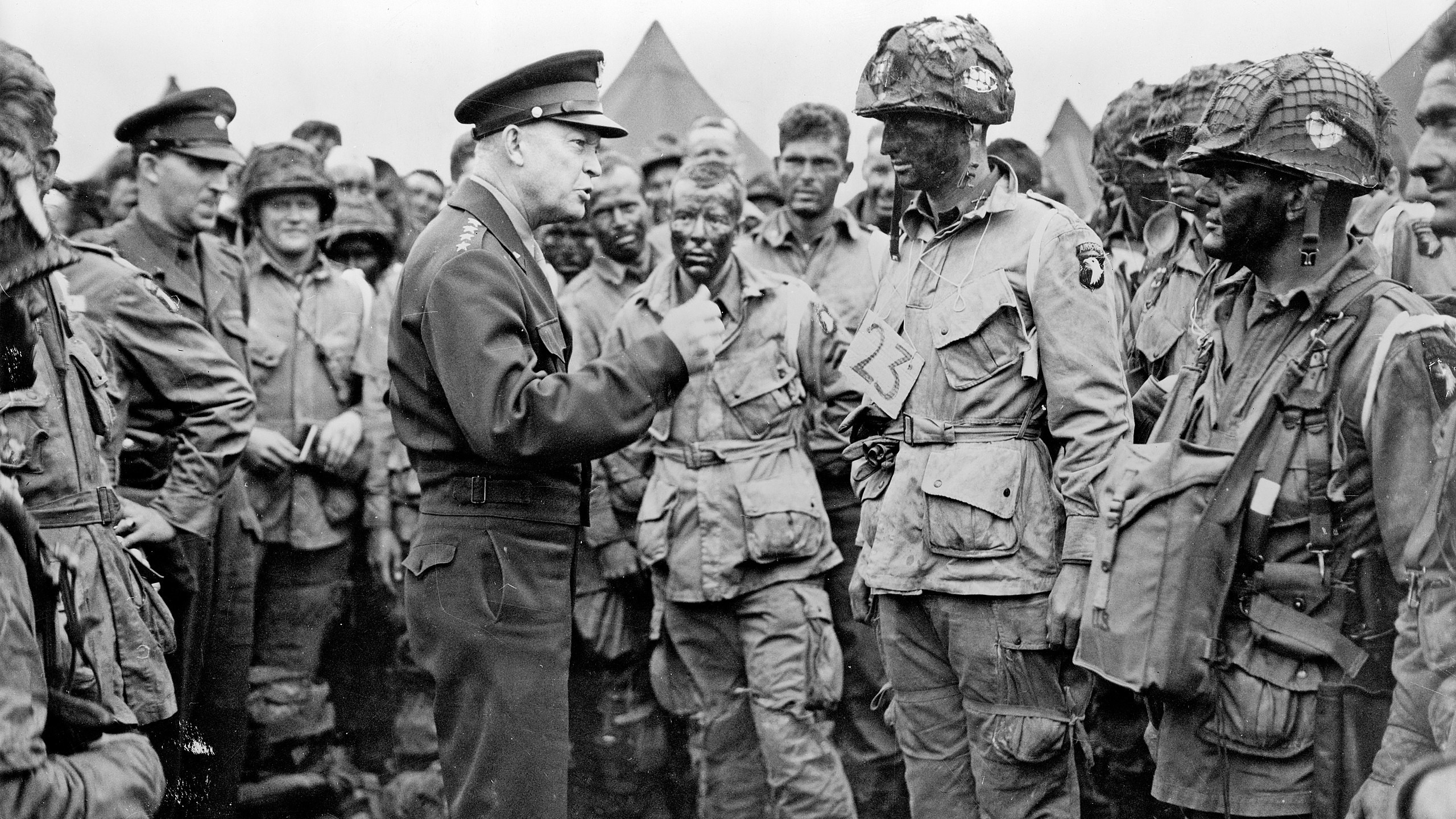
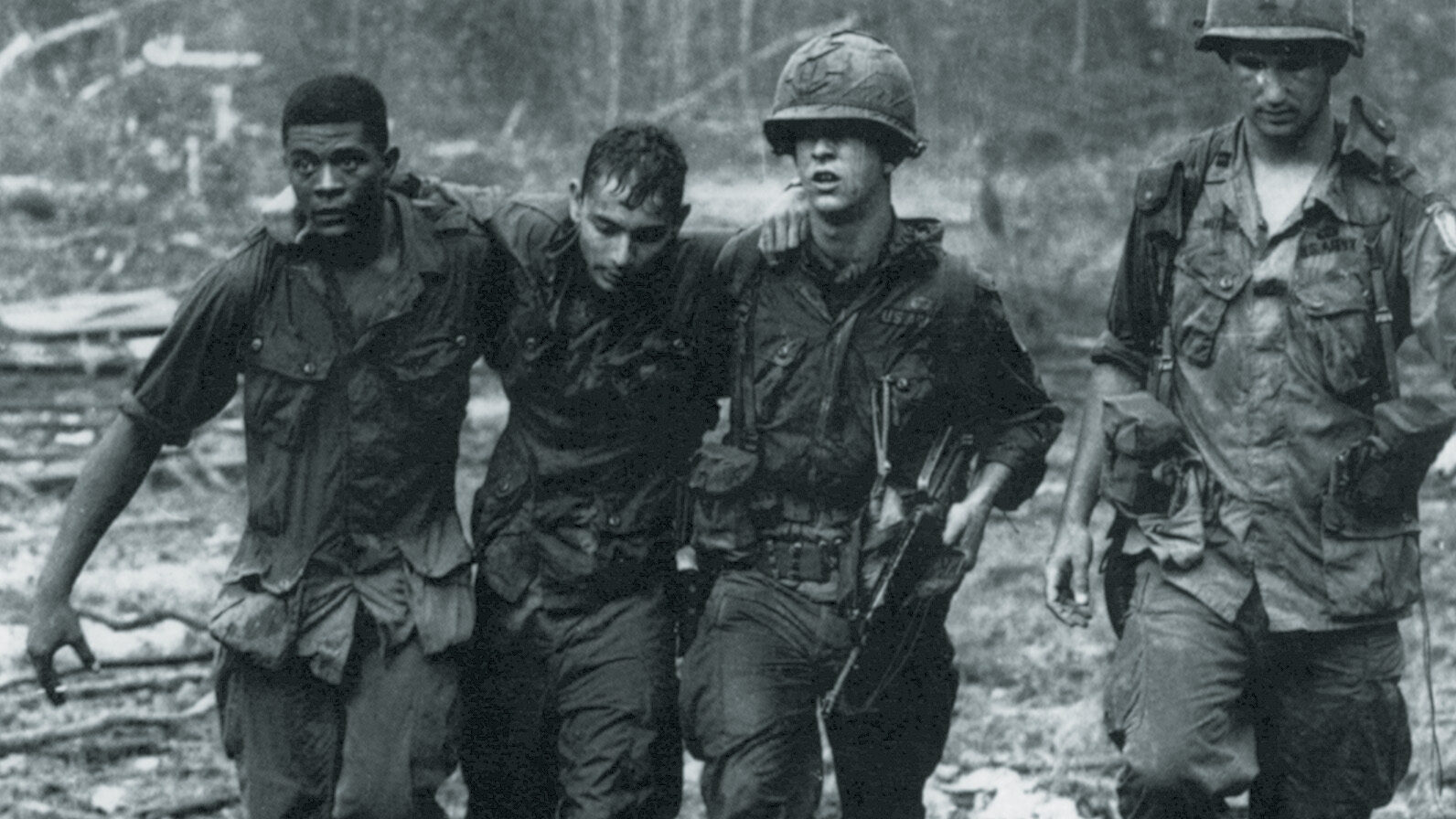
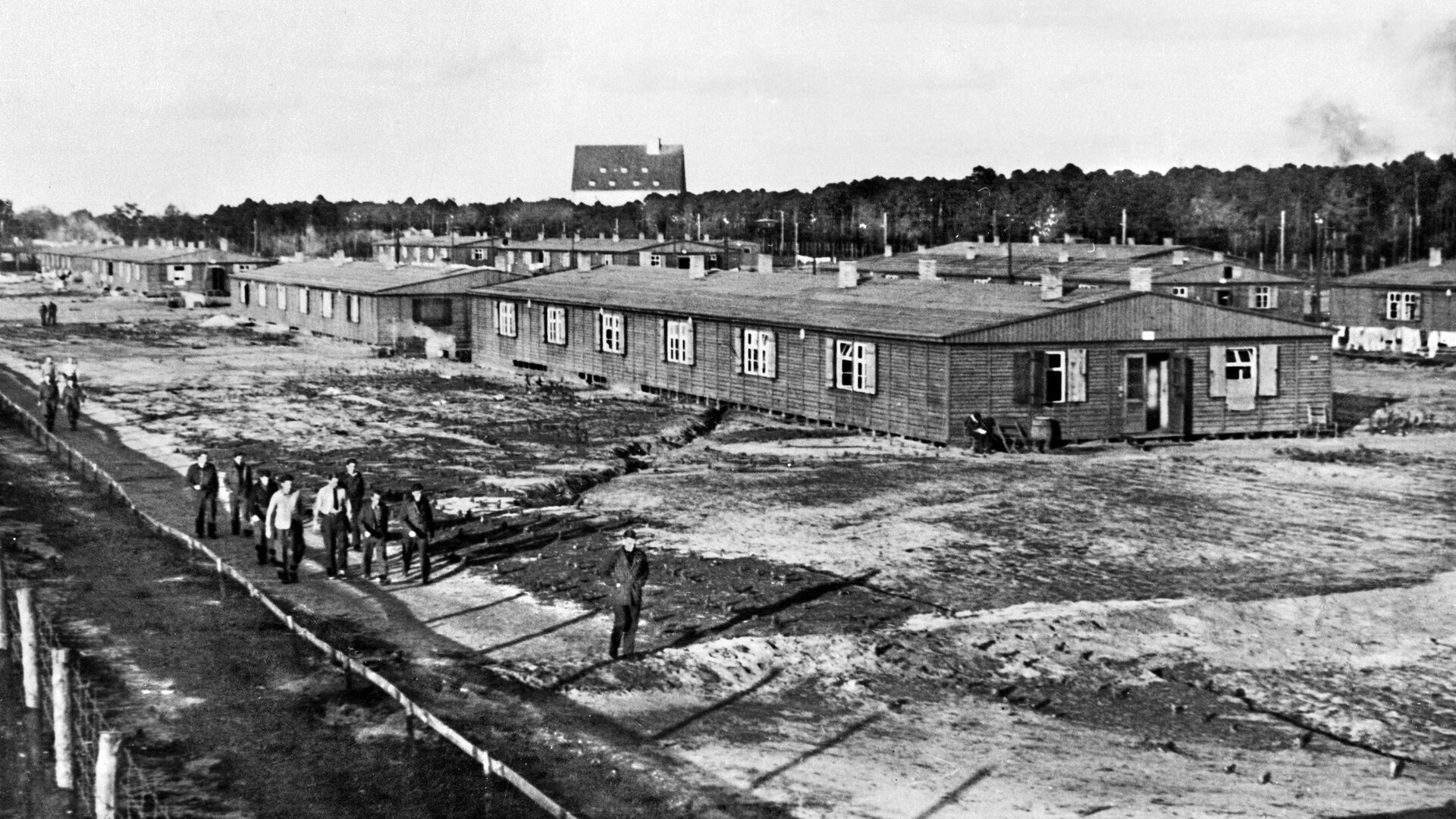
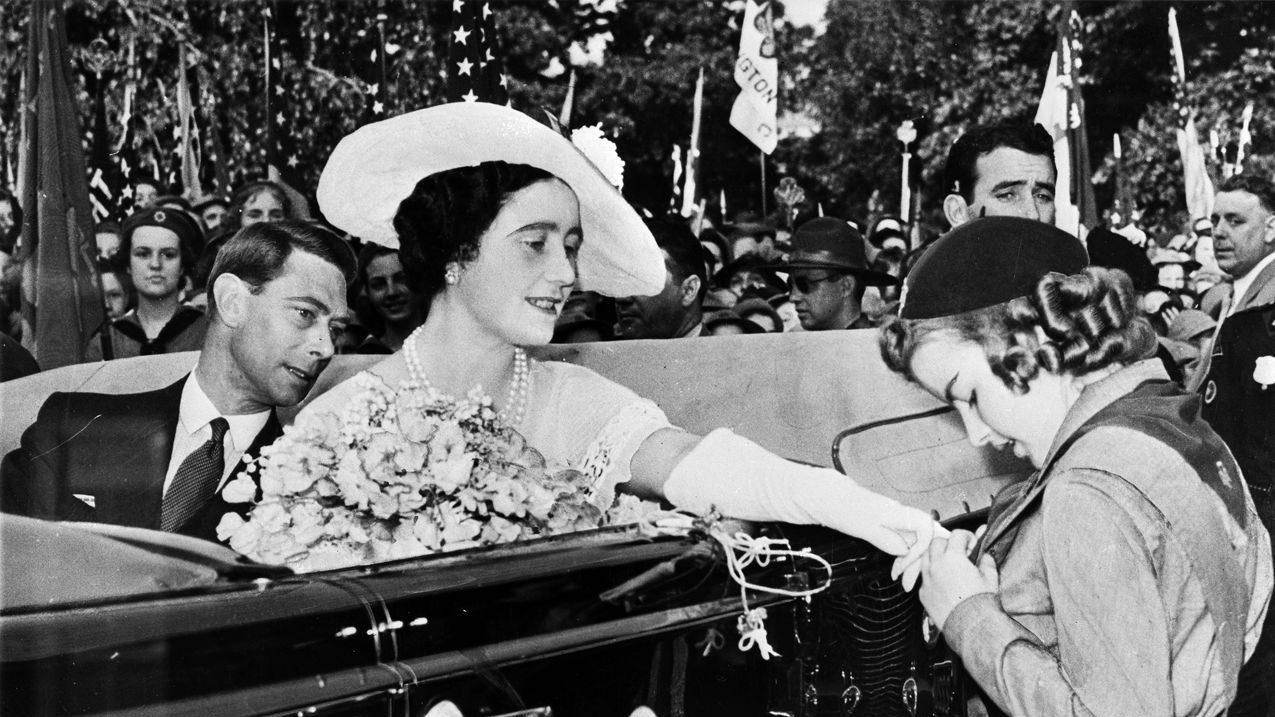
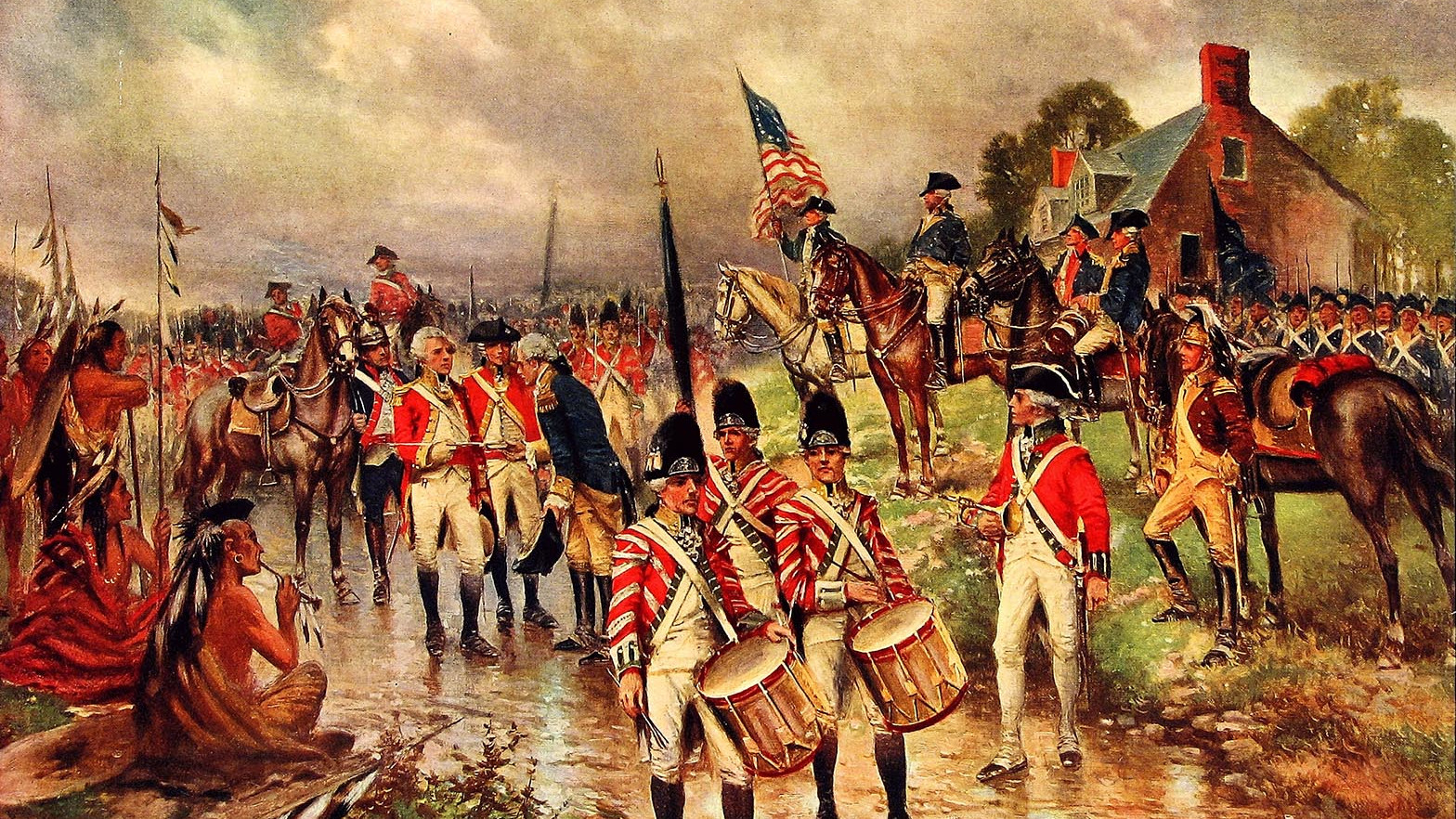
Join The Conversation
Comments
View All Comments